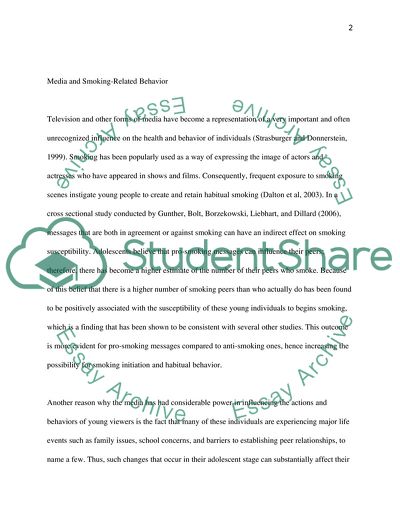Cite this document
(How Smoking in the Movies Affect Viewers Assignment, n.d.)
How Smoking in the Movies Affect Viewers Assignment. https://studentshare.org/culture/1745361-pop-culture-how-smoking-in-moviestv-effects-viewers
How Smoking in the Movies Affect Viewers Assignment. https://studentshare.org/culture/1745361-pop-culture-how-smoking-in-moviestv-effects-viewers
(How Smoking in the Movies Affect Viewers Assignment)
How Smoking in the Movies Affect Viewers Assignment. https://studentshare.org/culture/1745361-pop-culture-how-smoking-in-moviestv-effects-viewers.
How Smoking in the Movies Affect Viewers Assignment. https://studentshare.org/culture/1745361-pop-culture-how-smoking-in-moviestv-effects-viewers.
“How Smoking in the Movies Affect Viewers Assignment”. https://studentshare.org/culture/1745361-pop-culture-how-smoking-in-moviestv-effects-viewers.


